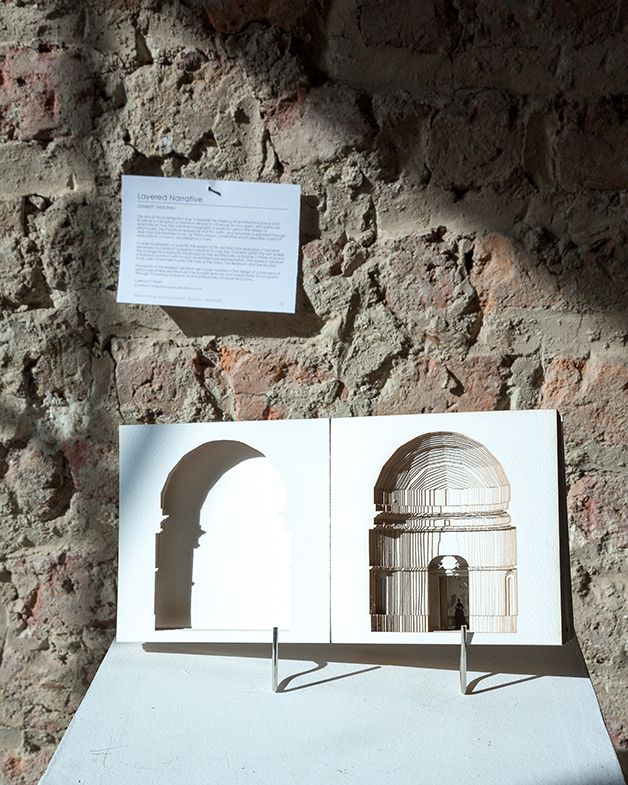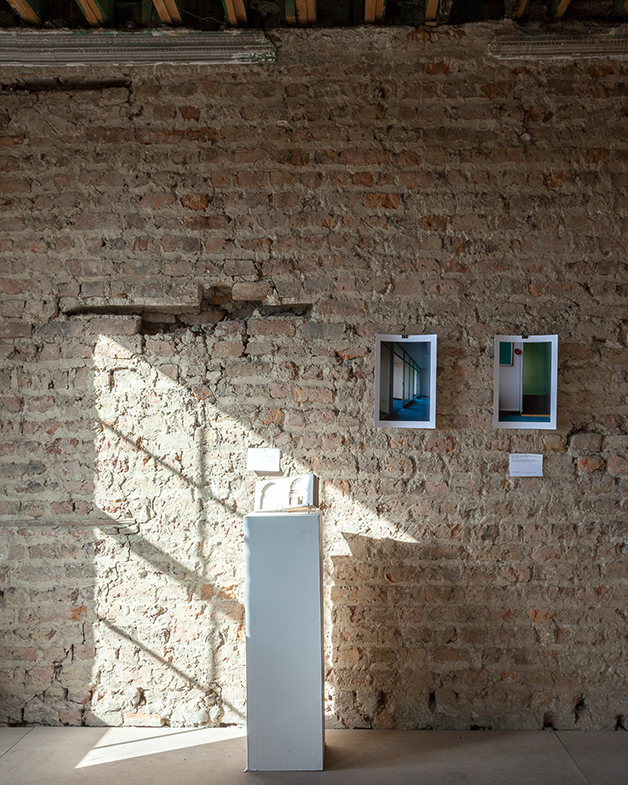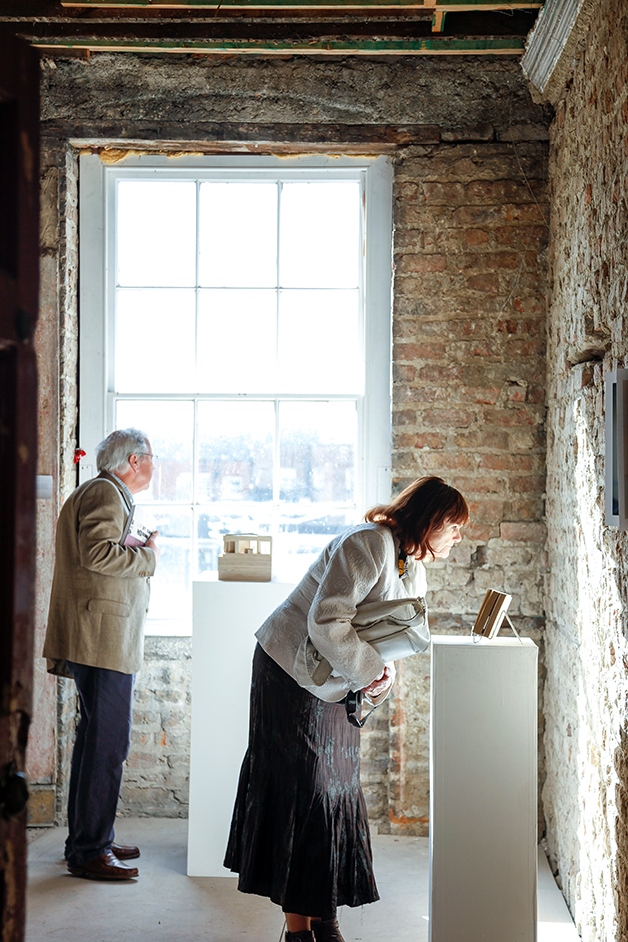2012
Lasercut Paper
This aim of this investigation was to explore the layering of architectural space and its use as a metaphor or narrative device to influence an occupant, with particular emphasis on how this narrative topography is explicitly used in the design of playhouses. The theatrical sequence of entry, path, and sanctuary is explored through Jean-Francois Bastides novel Le Petite Maison, a narrative which describes a plot of seduction in a maison de plaisance in Paris.
In order to establish or quantify the extent of this architectural seduction, it became necessary to construct a layered narrative to map key moments within the text where the protagonist is explicitly influenced by the architecture. As Bastide’s Petite Maison is a fictional construct with no actual architectural representation, the layered narrative study uses characters to play the roles of the Salon, the Bedroom and the Boudoir. The results of this layered narrative are made manifest in the design of a conceptual playhouse where architecture intentionally seduces and manipulates its occupants through its layering of spaces and its elaborately ornamented rooms.
Images:
1 Exhibit
2, 3 Exhibit in context


